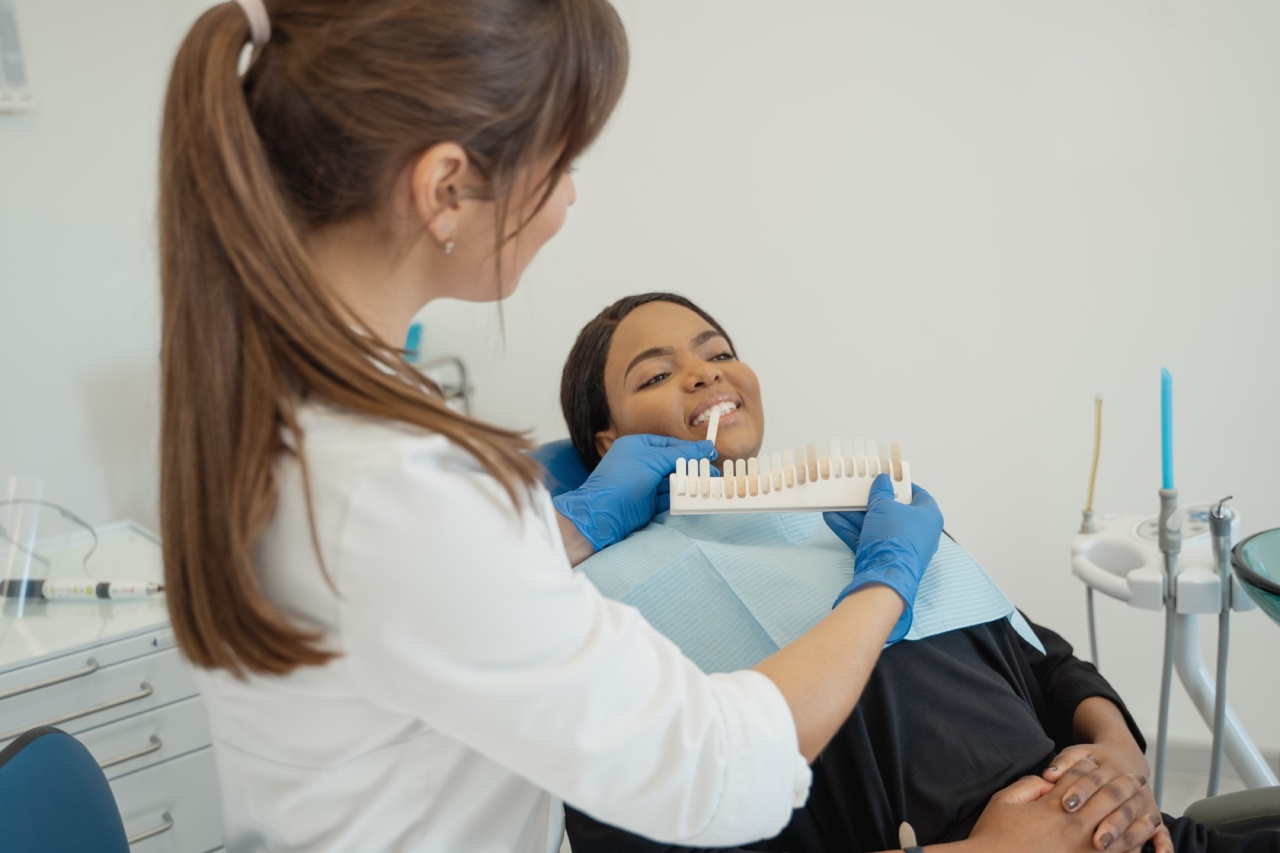Prostatitis is a condition that affects men of all ages. It is an inflammation of the prostate gland that can lead to a variety of symptoms.
Prostatitis is classified into four types: acute bacterial, chronic bacterial, chronic prostatitis or chronic pelvic pain syndrome, and asymptomatic inflammatory prostatitis. In this ultimate guide, we will explore each type of prostatitis, their symptoms, complications, and treatment options.
Types of Prostatitis
Acute Bacterial Prostatitis
Acute bacterial prostatitis is caused by a bacterial infection in the prostate gland. It is the least common type of prostatitis, but it is also the easiest to diagnose and treat. Symptoms can develop rapidly and include:.
- Fever and chills
- Painful urination
- Difficulty urinating
- Urinary urgency
- Lower back pain
- Pain in the groin area
If you suspect you have acute bacterial prostatitis, seek medical attention immediately. It can lead to serious complications, such as kidney damage, if left untreated.
Chronic Bacterial Prostatitis
Chronic bacterial prostatitis is caused by a bacterial infection that recurs or persists in the prostate gland. Symptoms may develop slowly and include:.
- Frequent urination
- Painful urination
- Difficulty urinating
- Urinary urgency
- Lower back pain
- Pain in the groin area
Diagnosing chronic bacterial prostatitis can be difficult because symptoms may come and go. Treatment may require a long course of antibiotics.
Chronic Prostatitis or Chronic Pelvic Pain Syndrome (CPPS)
Chronic prostatitis or CPPS is the most common type of prostatitis. It is not caused by bacterial infection but by inflammation of the prostate gland. Symptoms may develop slowly and include:.
- Painful or difficult urination
- Frequent urination
- Urinary urgency
- Pain in the lower back, groin, or genital area
- Painful ejaculation
- Erectile dysfunction
The exact cause of CPPS is unknown, but it may be related to stress, anxiety, or other psychological factors. Treatment may include pain relievers, muscle relaxants, or alpha-blockers.
Asymptomatic Inflammatory Prostatitis
Asymptomatic inflammatory prostatitis is characterized by inflammation of the prostate gland without the presence of symptoms. It is usually detected by chance during routine checkups.
Treatment is not always necessary, but regular follow-up with a urologist is recommended.
Symptoms of Prostatitis
The symptoms of prostatitis can vary depending on the type of prostatitis and its severity. Common symptoms of prostatitis include:.
- Painful or difficult urination
- Frequent urination
- Urinary urgency
- Lower back pain
- Pain in the groin area
- Painful ejaculation
- Erectile dysfunction
- Fever and chills (if acute bacterial prostatitis)
It is important to seek medical attention if you experience any of these symptoms, as they can be a sign of a serious condition.
Complications of Prostatitis
Prostatitis can lead to a variety of complications, including:.
- Kidney damage (if left untreated)
- Erectile dysfunction
- Infertility
- Prostate abscess
- Sepsis
It is important to seek medical attention if you suspect you have prostatitis, as early treatment can prevent complications.
Treatment for Prostatitis
The treatment for prostatitis depends on the type of prostatitis and its severity. Treatment options may include:.
- Antibiotics (if bacterial infection is present)
- Anti-inflammatory medication
- Pain relievers
- Alpha-blockers (to relax muscles in the prostate gland)
- Muscle relaxants
- Warm sitz baths
- Prostate massage (for chronic bacterial prostatitis)
If you suspect you have prostatitis, seek medical attention. Your doctor can diagnose the condition and recommend the best treatment plan for your individual needs.





























